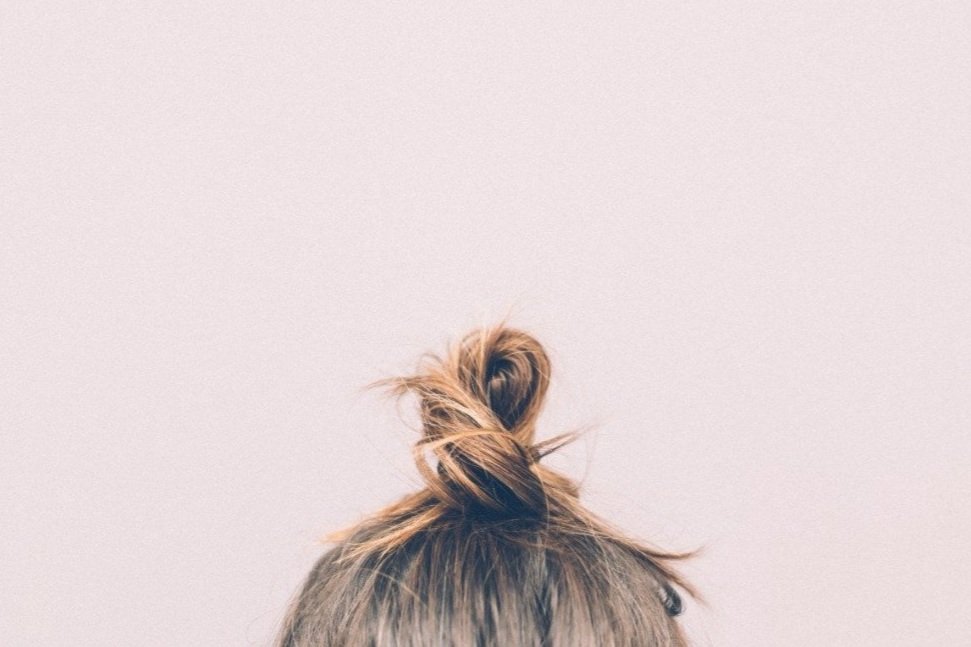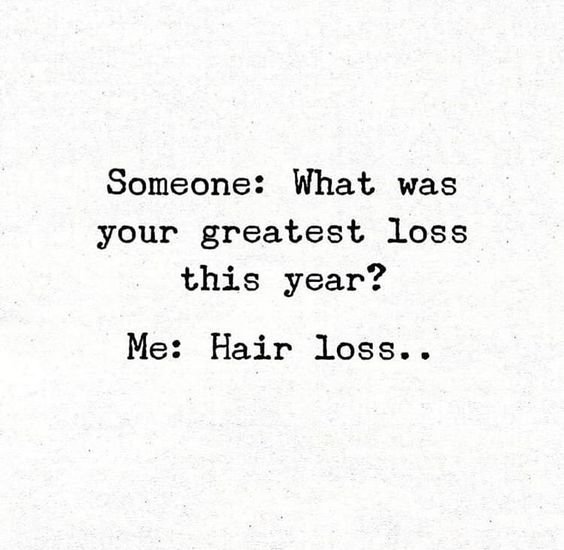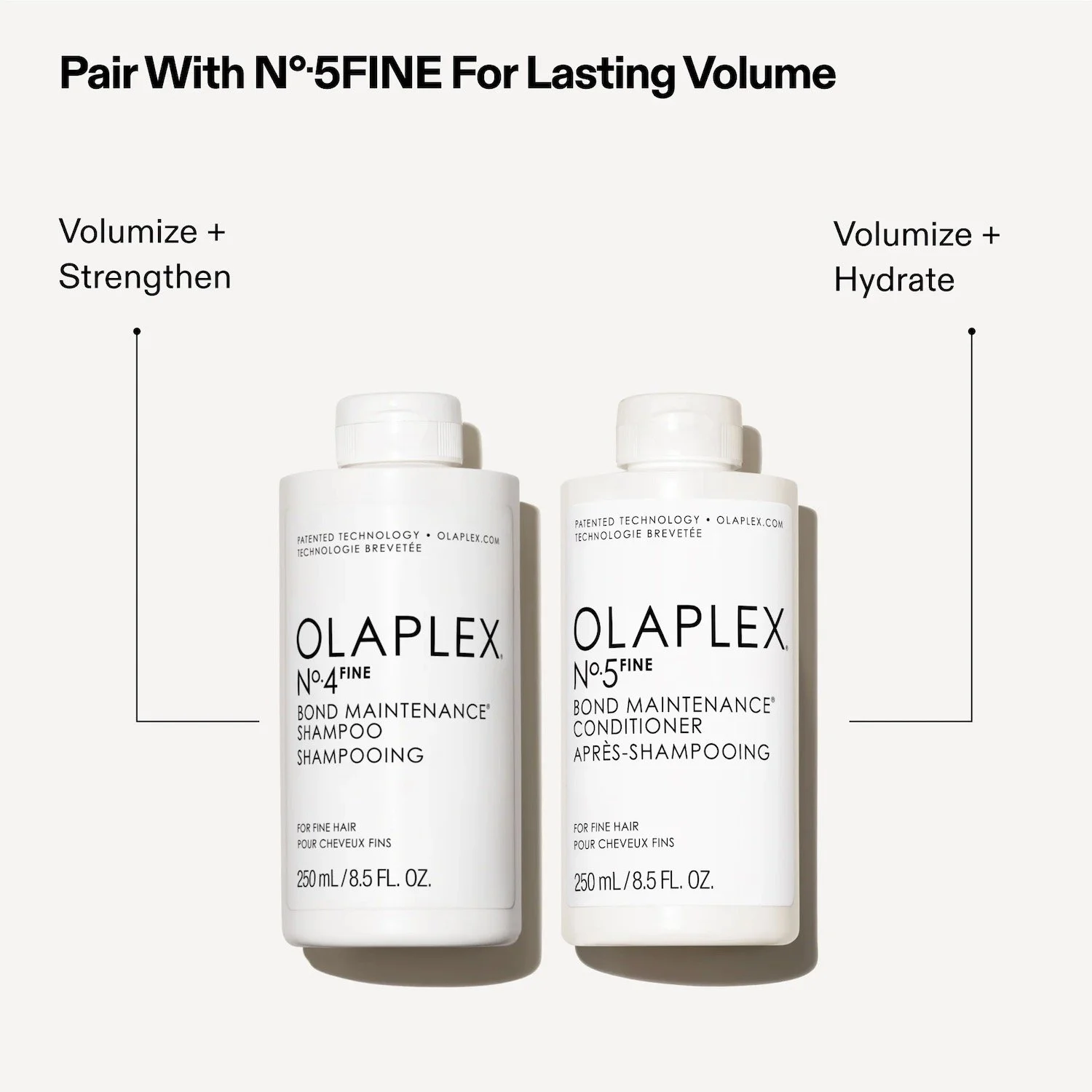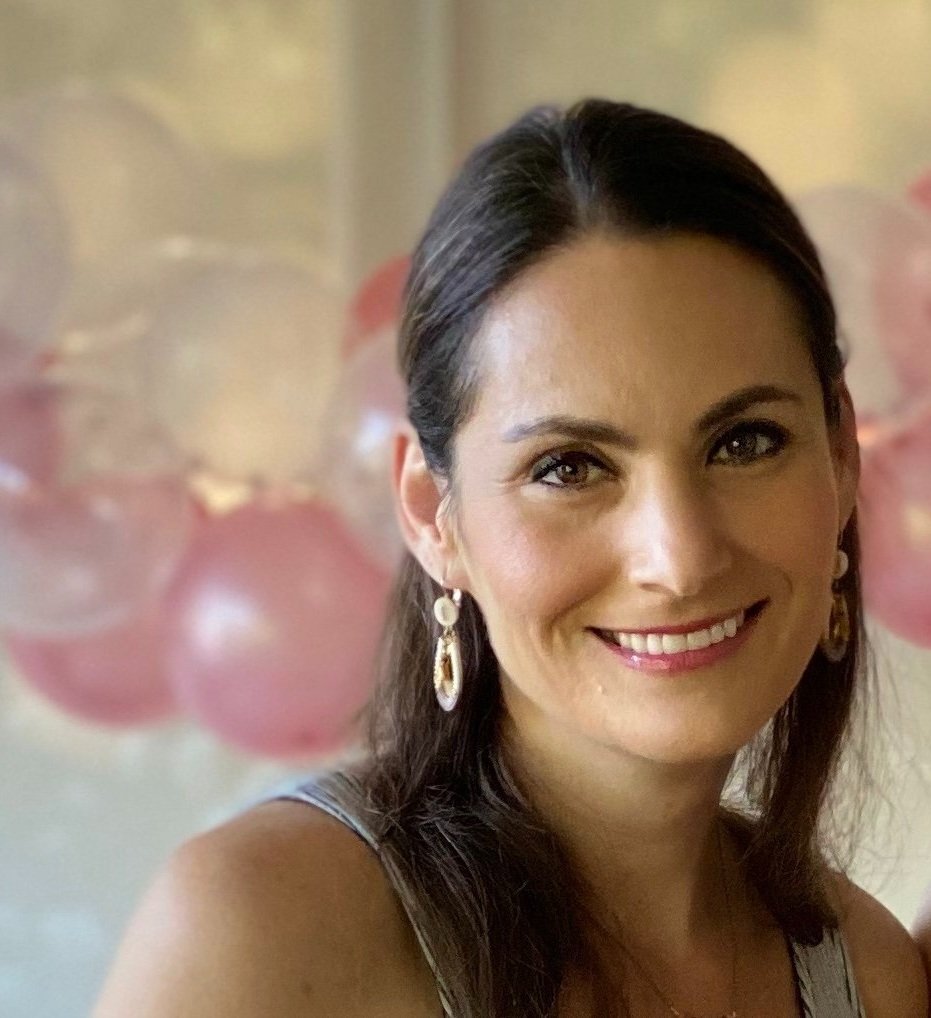Why Is My Hair Falling Out Now That I’m 40?
If you buy something we link to, The Candidly may earn a commission. Gifted items will be called out (gifted), and affiliate links will include an asterisk (*). We have to eat, after all.
by Carolyn Firestone
Way back in the 2020-era of sheltering at home, I noticed lots (and I mean LOTS) of my hair shedding in the shower. In addition to my hands, household, and groceries, my hair had become a casualty of excessive washing.
But this felt like something more… permanent… was going on.
After giving it some thought/ looking at photos of me in my early 30s, I realized I’d been losing volume consistently for quite a while.
It turns out, about a third of all women will experience hair loss in their lifetime. And for postmenopausal women, about two-thirds will deal with thinning and bald spots.
For women in their 40s (as I’m about to be), hair loss is normal, natural, and not something that has to send us into a fit of in-shower sobbing. It’s also NOT something we must sit idly by and do nothing about.
According to acclaimed Los Angeles OB-GYN Dr. Thaïs Aliabadi, when it comes to age-related reasons for losing our hair, “Prevention is KEY!”
Don’t worry. This doesn’t mean it’s too late if you’re already noticing some shedding.
Aliabadi, who is arguably one of the most famous OB-GYNs in the country, is an expert on the ins and outs of the transitions women face, particularly when they reach 40. (Her honors and credentials are longer than this article, but some will recognize her off the bat for treating celebrities like the Kardashians).
When it comes to hair loss, she lists a range of proactive approaches we can take to both prevention and treatment.
So, let’s get into the weeds (I know, I know. I’m sorry)
First off, it’s worth noting that, regardless of age, there are all kinds of factors that can play into thinning hair.
“Hair loss in women is often multifactorial,” said Aliabadi. “It is more common in women with conditions associated with high androgens (testosterone) such as PCOS [Polycystic Ovarian Syndrome] or adrenal hyperplasia. It is also more common in women with hypertension, obesity, insulin resistance, and diabetes - all of these conditions are more common with aging.”
What kind of hair loss am I experiencing?
Primarily, there are three types of hair loss that can affect us, each with its own set of causes. And not to get too sciencey, but it’s helpful to know which is which, even if we can’t pronounce any of them.
Anagen effluvium: This form of alopecia is caused by certain medications, chemotherapy, radiation, or infections.
Telogen effluvium: This temporary form of hair loss comes on suddenly and is prompted by stressors involving medications, diet, autoimmune disease, postpartum, chronic illness, or stress itself.
Androgenetic alopecia: This is the most common form of female pattern hair loss. It’s caused by the production of something called androgens, a set of predominantly male hormones that include testosterone.
While this form of alopecia can affect us anytime after puberty, it starts to become more noticeable around menopause when our androgen levels start to spike.
The Culprits
1. Genes
Turns out we don’t have to stop blaming our parents for our problems just because we're in our 40s.
“Some women have a genetic predisposition to hair loss,” said Aliabadi. “Although the exact mechanisms are still being studied, some propose that genetics can increase a sensitivity to androgenic hormonal changes.”
2. Hormonal Changes and Menopause
Here’s the big one when it comes to age-related hair loss. When women near menopause, their estrogen and progesterone levels fall, which is what causes their androgens to increase.
The hair follicles start to diminish, and the hair itself begins to fall out. At the same time, hair growth slows way down, and the strands themselves becomes thinner and weaker.
While androgenic hormones such as testosterone have been implicated as “a main driver of hair loss,” Aliabadi points out that it can also occur in women with normal levels of circulating androgens.
Other hormone levels may come into play, including prolactin, insulin, thyroid dysfunction, and glucose.
3. Hair Care and Styling
Most of us know that chemicals, treatments, and heat that can wreak havoc on hair health. However, it’s not just the glamming up that can take hair down.
Excessive washing and restrictive updos can also do damage. Even that top-knot we love so much can cause shedding when it's tugging too tightly at the root.
4. Autoimmune Disease
Hair loss is commonly reported as a symptom in people struggling with various auto-immune conditions, including lupus and thyroid issues. Alopecia areata is an auto-immune disease in which a person’s immune system directly attacks their hair follicles.
Women are already twice as likely as men to experience auto-immune disease, and evidence suggests peri- and post-menopausal women are more susceptible.
5. Stress
When is stress ever NOT one of the usual suspects when it comes to a health issue? High cortisol is a huge result of stress and a contributor to hair loss.
6. Diet and Nutrient Deficiencies
As with pretty much everything to do with health, good nutrition is key to keeping our hair.
A lack of protein, iron, healthy fat, or vitamin B can all contribute to hair loss.
7. Inflammatory Conditions
Inflammation on the scalp can be caused by things like traction alopecia (basically the medical term for frequently wearing hair pulled back tightly) and a fairly common skin condition known as seborrheic dermatitis. The head-scratching and inflammation that results can cause hair to fall out. The good news, in this case, is that it usually grows back with treatment.
8. Other Health Problems
It’s always good to tell your doctor about any change going on in your body. “If your hair loss is sudden, or if your follicles are roughly the same size, then it’s likely some other medical condition may be the cause,” wrote Aliabadi.
9. Medications
Certain medications, particularly those related to cancer treatment, can contribute to hair loss.
10. Other Environmental Factors
No surprise here. Other environmental factors that also influence hair loss over time include smoking and chronic sun exposure, according to Aliabadi.
How to Deal with Hair Loss
Like we said, seeking solutions as soon as you notice your hair thinning can make a big difference. Here’s the rundown when it comes to prevention and treatment.
1. Hormone Check
The first step, according to Aliabadi, is to see a doctor. Either a primary doctor or a dermatologist should check your hormone levels to get the inside scoop on what’s going on. Measuring things like testosterone, iron, glucose, thyroid, and cortisol levels can offer insights into what’s affecting our hair.
There are many lifestyle and dietary adjustments that can contribute to better and more balanced hormone health.
As Aliabadi mentioned, there are also specific hormone-releasing drugs that are sometimes used to control androgen levels, as well as a prescribed pill-form of minoxidil, the active ingredient used in topical products like Rogaine and Hers.
It goes without saying, these are all things each individual would need to discuss with their doctor.
2. Dietary Changes
Getting the vitamins and nutrients we need is part of fighting the whole hair loss thing from all angles, quite literally, from the inside out.
“In order to reduce hair loss, women need to prioritize a high protein diet, omega-3 fatty acids, veggies and fruits,” said Aliabadi. “In addition to a natural diet, women can take vitamins such as iron, biotin, vitamin D, vitamin C, melatonin, and zinc.”
While Aliabadi suggests “a balanced, healthy diet should provide women with adequate intake of vitamins,” these supplements can sometimes be of help when it comes to preventative care.
3. Topical Treatment Options
There are specific topical treatments for women, often coming in the form of drops and foams, that contain 5% minoxidil. One brand that carries such products is Hers*, which we included in our list of hair growth products that actually work.
For those wishing to go a more plant-based route, Vegamour* has been clinically proven to help with loss and thinning. Aliabadi points out that, in terms of effectiveness, it depends on the severity of hair loss and can vary from one person to another.
That said, in my personal experience, after a month or so of using Vegamour*, I noticed a huge reduction in the amount of hair I was losing in the shower.
Some Other Ways to Show Your Hair the Care It Deserves:
Stop washing it all the time. Invest in a chic shower cap*.
Get yourself a flattering, foldable sun hat*.
Keep it loose with a good old-fashioned (or completely fashionable) scrunchie*.
Use a volumizing shampoo with strand-strengthening powers, like this:
And finally, don’t ignore the emotional side of this.
Our attachment to our hair (especially for women) is not a small or superficial thing. It’s okay to be shaken up by any physical change that makes us feel a little less like us. Many women describe their hair as a security blanket. Losing any of it can make us feel like we’re losing a little bit of control.
Image from Fleabag | BBC One
As women, we have to be militantly careful not to use these changes against ourselves. Common warning signs that you’re crossing the line from feeling the sadness of transition to distortedly attacking yourself are:
Excessively comparing your hair to others.
Feeling shame around the loss itself.
Overly focusing on the activity of each and every follicle.
Experiencing ongoing anxiety around your hair.
Either avoiding mirrors or spending prolonged amounts of time critically examining yourself in them.
When it comes to aging in general, I like the simple advice of the iconic Helen Mirren, who said, “You just have to find a way of negotiating getting old psychologically and physically.”
As far as hair is concerned, this “negotiation” is all about playing with products, finding what works for you, enjoying the results you get, and refusing to feel bad about yourself in the process.
Carolyn firestone
Carolyn is a freelance writer and editor. Her favorite thing to do is to write about her favorite things, especially when they have even the slightest chance of making someone else’s something (mood, relationship, travel plans, or toiletry kit) a little better. You can find more of her articles here.
At The Candidly, we try a lot of stuff so you don’t have to. We only recommend things we truly love, and that we think you’ll love, too. All products are chosen independently by our creative team, and all details reflect the price and availability of products at the time of publication. If you buy something we link to, The Candidly may earn a commission.
We have to eat.
This article is for informational purposes only. It is not intended to be used in place of professional advice, medical treatment, or professional care in any way. This article is not intended to be and should not be a substitute for professional care, advice or treatment. Please consult with your physician or healthcare provider before changing any health regimen. This article is not intended to diagnose, treat, or prevent disease of any kind. Read our Terms & Conditions and Privacy Policy.








